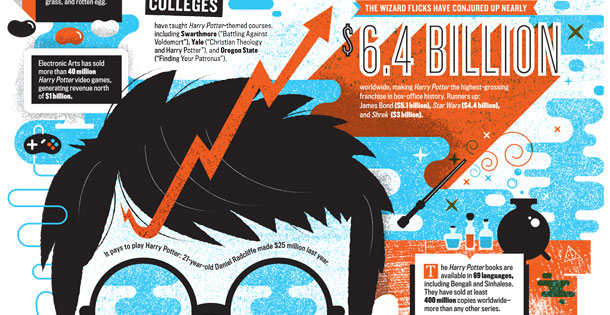
Futurist Ray Kurzweil (@KurzweilAINews) was interviewed on Jimmy Kimmel Live about his vision of humans merging with technology in the coming years to create The Singularity. The above videos are Part 1 and 2 of that interview. If even a tenth of what he predicts comes true, it will further revolutionize the world.
You’ll also want to read our previous blogpost “2045: The Year Man Becomes Immortal.”
And you’ll want to listen to this On The Media (@onthemedia) segment, “Our Future with Technology.”
What do you see as the implications of these possibilities from a Christian point of view? From a publishing point of view? Add your comments below.
Join Somersault (@smrsault) in keeping an eye on how today’s technology will influence our future by reading the Somersault Futurist Daily News and using the SomersaultNOW dashboard of more than 300 articles and RSS feeds designed for publishers and marketers; especially note the Future tab. And tell your colleagues. Thanks!











